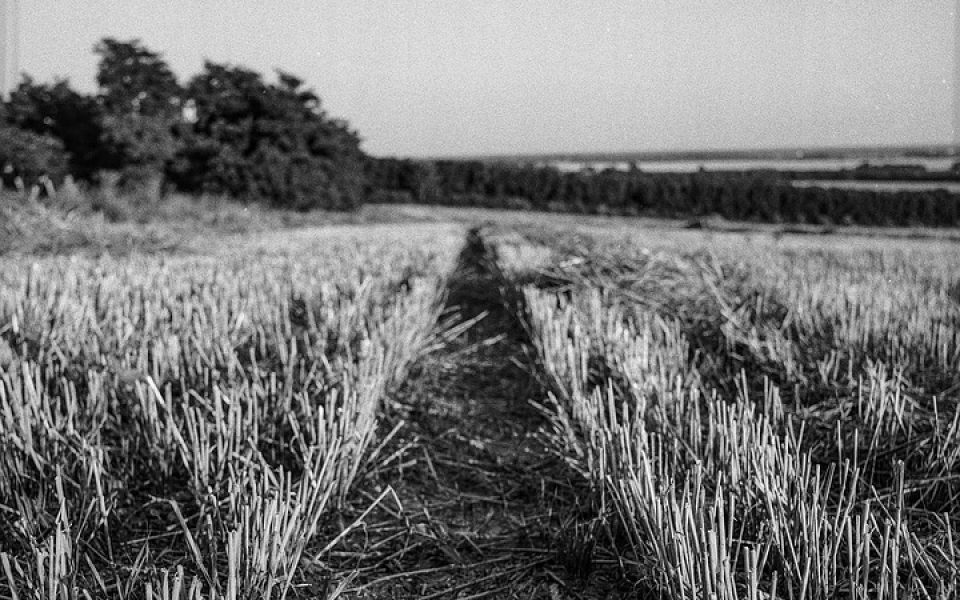Almost 100 years have gone by since Jean Toomer published Cane in 1923. With the passage of time it has remained elusive in genre — including passages of dialogue, and as much poetry as prose, often stitched together in the same vignettes — and similarly undefinable in its effect.
Alice Walker, the author of The Color Purple and several other novels, once said that Cane reverberated in her to an astonishing degree. Toomer’s work is haunting and sublime, yet filled with challenges both in form and in the clarity of its characters and settings.
Toomer, an African-American author who became an important figure of the Harlem Renaissance, grew up in Washington, DC. After attending several colleges but never completing a degree, Toomer worked and wrote in DC and New York City before accepting a position as a teacher in rural Georgia, where he became immersed in the black folk-culture. The first and most powerful third of Cane takes place in this rural Southern setting.
Throughout this section are stories, poems and what seem to be fragments of songs. Often women’s names — Karintha, Becky, Carma, Fern and Esther — are the titles of longer prose sketches of their lives, tragic and even ethereal. Here the lyrical additions enter, rhymed lines separating sections of prose.
In “Karintha,” Toomer repeats in varying forms, “Her skin is like dusk on the eastern horizon, / O can’t you see it, O can’t you see it, / Her skin is like dusk on the eastern horizon / …When the sun goes down.”
His writing often evokes images of suffering, pain and death, such as in “Portrait in Georgia,” a short poem which reads in its entirety: “Hair — braided chestnut, / coiled like a lyncher’s rope, / Eyes — fagots [sic], / Lips — old scars, or the first red blisters, / Breath — the last sweet scent of cane, / And her slim body, white as the ash / of black flesh after flame.”
As it approaches its centennial, Cane continues to reverberate in its readers. Pick up a copy and find just how the reapers, the boll-weevils, the sawmill’s whistle, the cane-lipped scented mouths and the sacred whisper of the pines choose to haunt you.
Join the First Amendment Society, a membership that goes directly to funding TCB‘s newsroom.
We believe that reporting can save the world.
The TCB First Amendment Society recognizes the vital role of a free, unfettered press with a bundling of local experiences designed to build community, and unique engagements with our newsroom that will help you understand, and shape, local journalism’s critical role in uplifting the people in our cities.
All revenue goes directly into the newsroom as reporters’ salaries and freelance commissions.


Leave a Reply